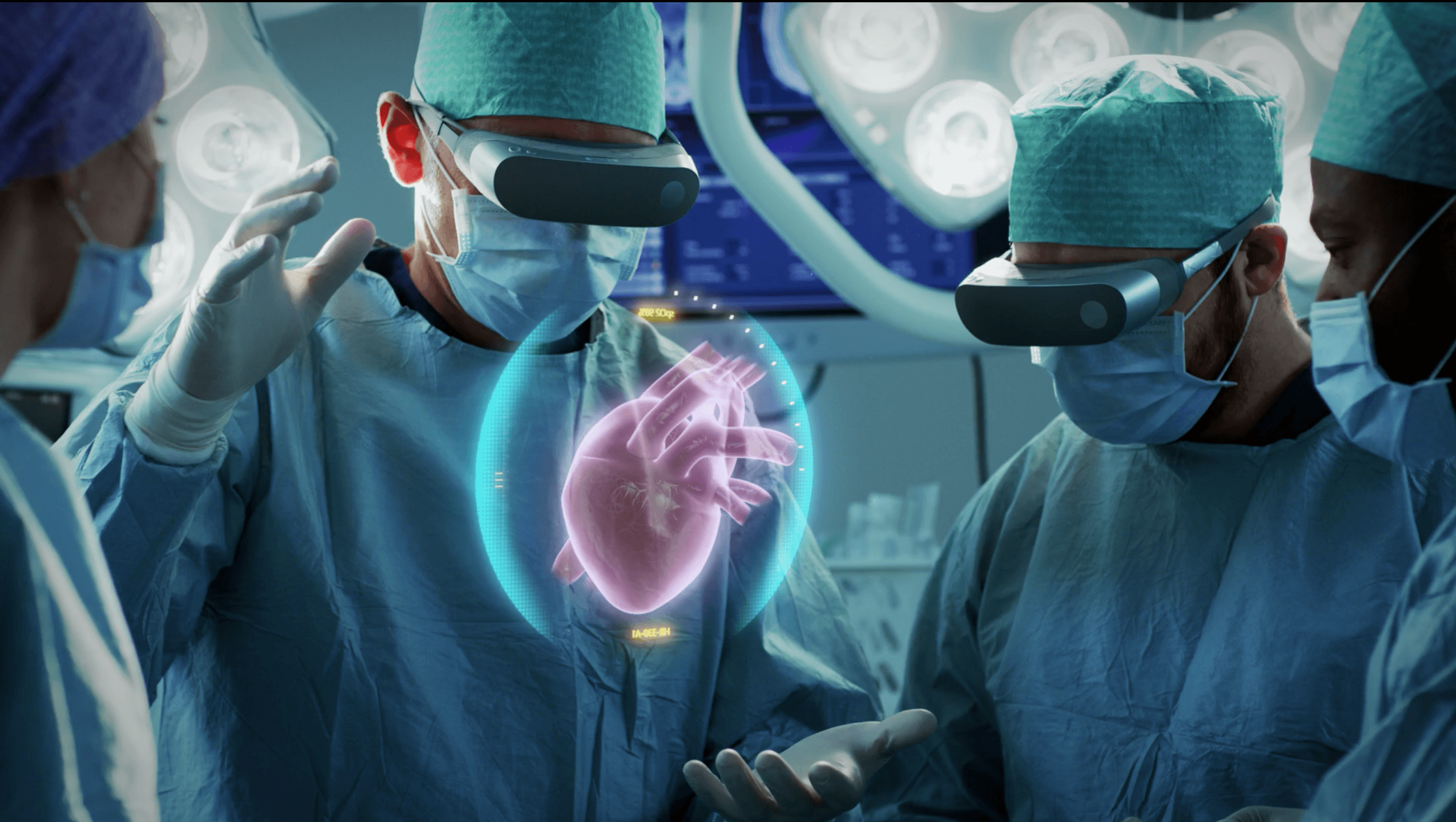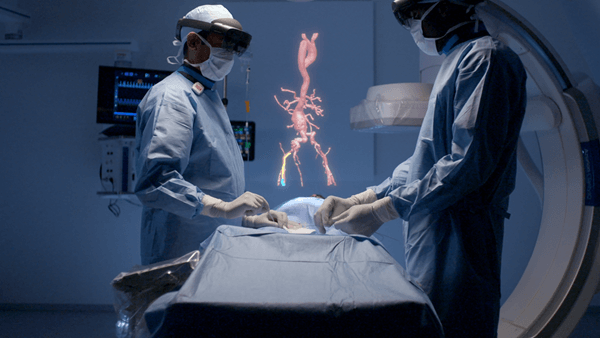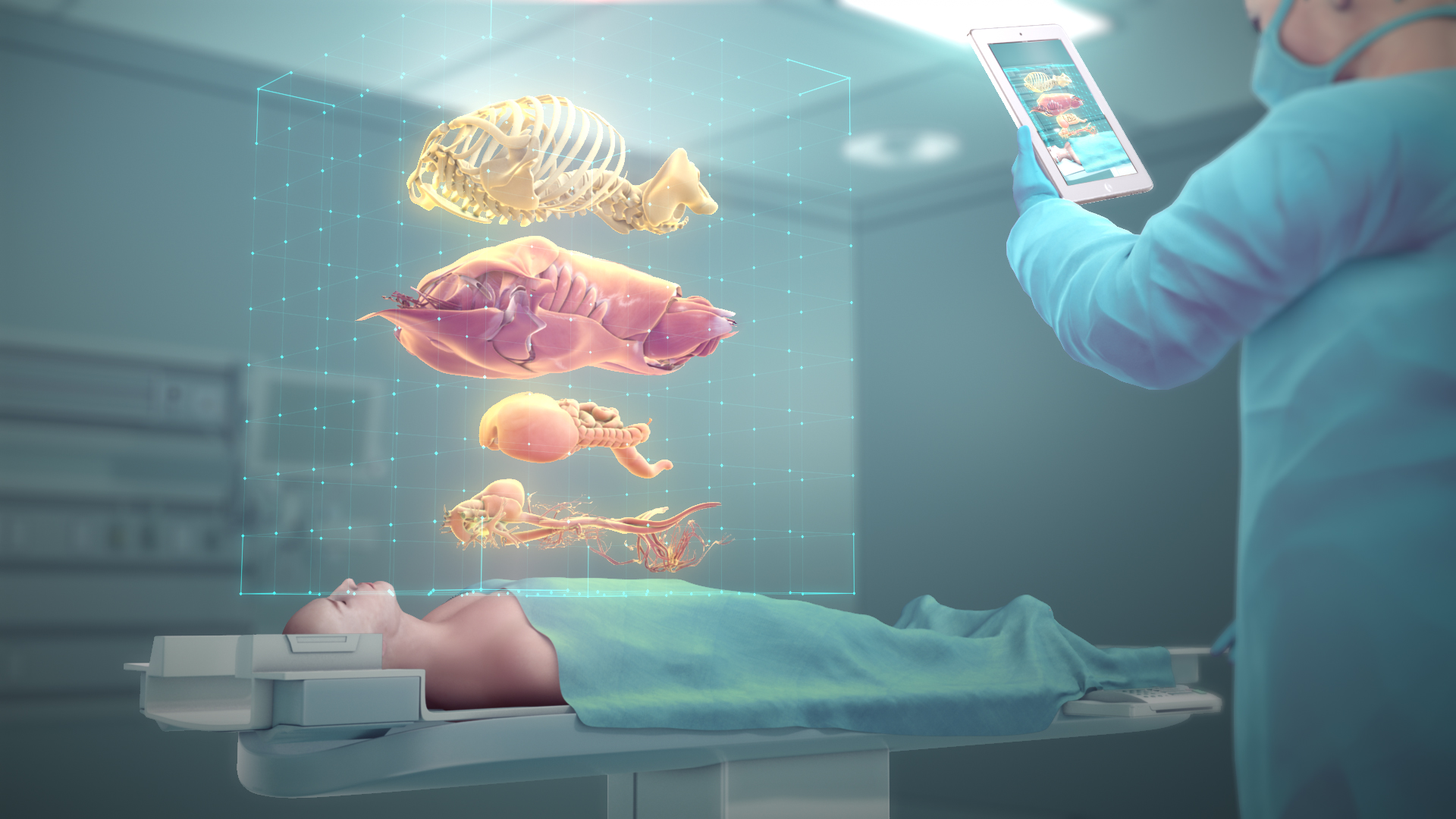Augmented Reality in Medicine: Enhancing Medical Education and Training
Augmented Reality (AR) is a rapidly advancing technology that is revolutionizing the way medical professionals work, learn and train. The integration of AR in healthcare is making a significant impact in the industry, offering new perspectives and possibilities for medical research, education and patient care. In this post, we will explore how medical professionals are utilizing AR technology, and how it is transforming the healthcare industry.
Augmented Reality in Healthcare
The first major area where AR technology is making an impact in healthcare is medical education. Medical students can now use AR technology to view internal organs and observe procedures in real-time, offering a much more immersive and interactive learning experience.

Abstract
With AR, medical students can now access anatomical information in a more interactive and engaging way. AR technology can provide an additional layer of information to the curriculum, making it more accessible and easier to understand. AR can also help students acquire the necessary skills and knowledge faster and more efficiently by offering a practical approach to learning.
Introduction
AR technology is also making an impact in patient care, improving the quality of medical procedures and making them safer. Surgeons, for example, can use AR headsets to display X-rays and other imaging data in real-time, which helps them to more accurately locate and visualize organs and other parts of the body during surgeries.

Content
AR technology can also help surgeons during minimally invasive procedures. Surgeons can use AR to view 3D models of the surgical site, giving them a better understanding of the patient’s anatomy and helping them to avoid critical structures.
Another area where AR technology is making a significant impact is medical research. AR technology can be used to visualize complex data sets and models, making it easier for researchers to analyze and interpret findings. AR is also making it possible to render complex medical procedures and interventions on a much smaller scale, allowing researchers to study medical interventions at a microscopic level.
AR is also making it possible for researchers to simulate complex medical procedures and interventions, creating a more precise and accurate model of the human body. This will help researchers to develop more effective medical interventions that are tailored to the individual patient’s needs.
AR technology can also be used in the field of rehabilitation. AR can help patients to regain motor skills, coordination, and balance by stimulating the brain’s visual and cognitive functions. AR technology can be used to create a virtual environment that challenges patients to perform specific activities designed to stimulate the desired functions.
Conclusion
AR technology is transforming the healthcare industry, offering a new perspective on medical education, patient care, and research. The integration of AR in healthcare is making it possible to provide better and more effective treatments that are tailored to the individual patient’s needs. As medical professionals continue to discover the potential of AR technology, the healthcare industry is set to evolve further, paving the way for more innovative and effective medical interventions.

Source image : www.nsmedicaldevices.com

Source image : www.mindstick.com

Source image : vstream.ie

Source image : www.evolvear.io

Source image : sciencebasedmedicine.org




